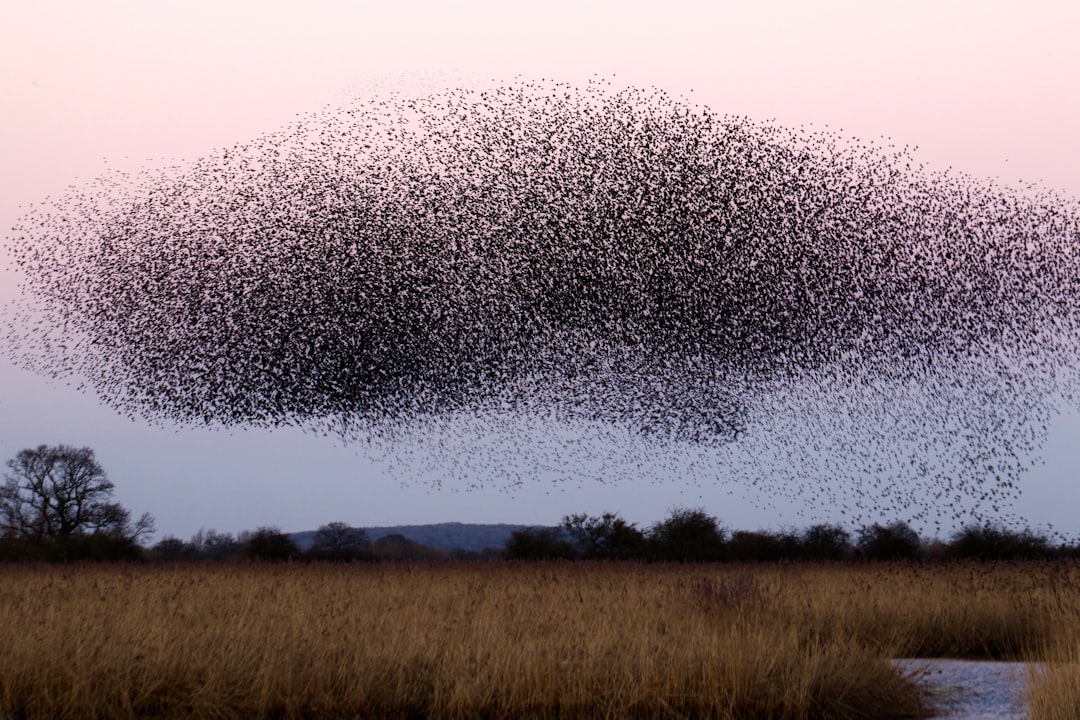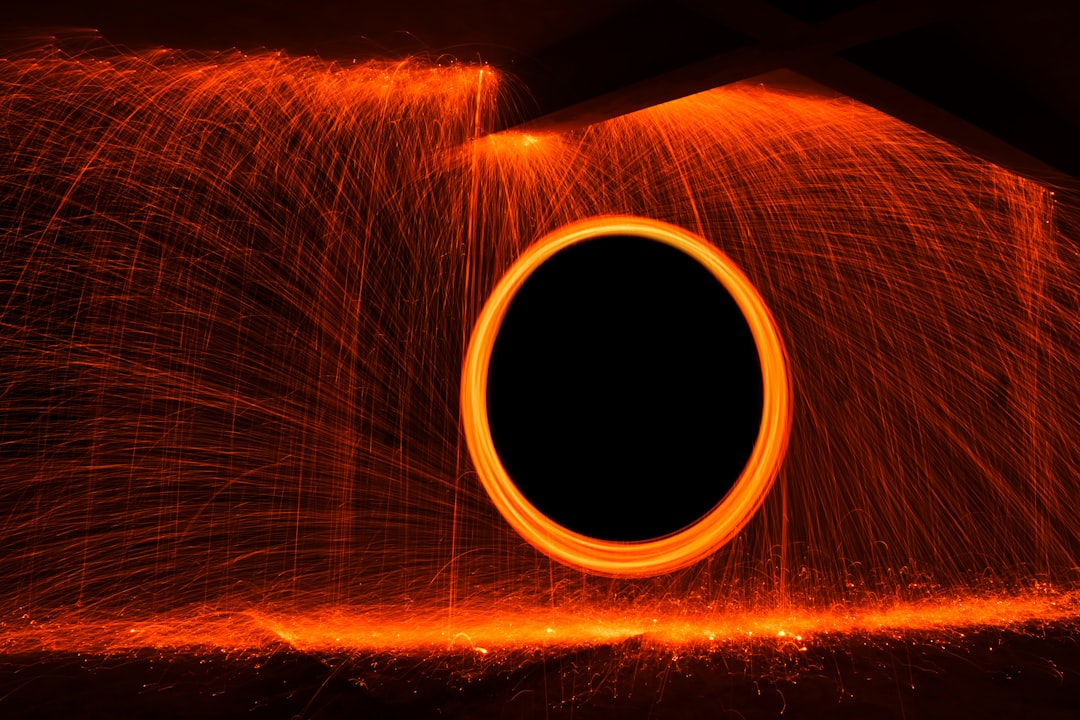What is it about?
This study proposes a way to group nanoparticles based on their similarities in high dimension, and subsequently suggest how the factors that contribute to their groupings relate to each other, using a set of simulated ruthenium nanoparticle as an exemplar.
Featured Image

Photo by Will on Unsplash
Why is it important?
Producing perfectly regulated nanoparticles on a large scale is challenging and costly for manufacturers, so the ability to define and reproduce classes of nanoparticles with similar characteristics is attractive. This study allows researchers to identify the factors to control in order to achieve this purpose.
Perspectives
Have thoroughly enjoyed the exercise of coming up with a way to group the ruthenium nanoparticles in a data-driven way, hope you have fun reading the findings too!
Jonathan Ting
Australian National University
Read the Original
This page is a summary of: Data-Driven Design of Classes of Ruthenium Nanoparticles Using Multitarget Bayesian Inference, Chemistry of Materials, January 2023, American Chemical Society (ACS),
DOI: 10.1021/acs.chemmater.2c03435.
You can read the full text:
Contributors
The following have contributed to this page










